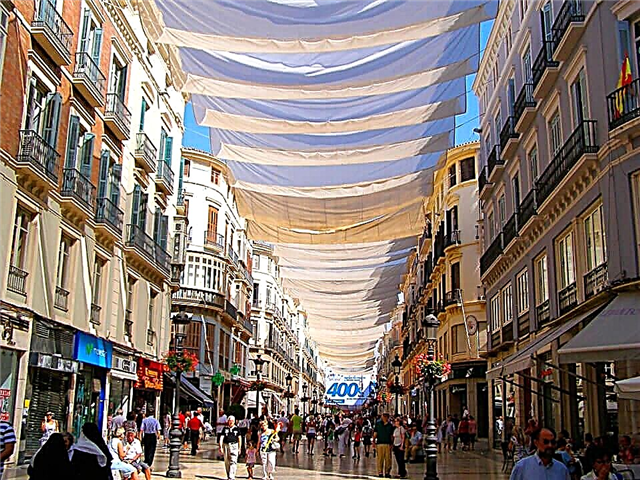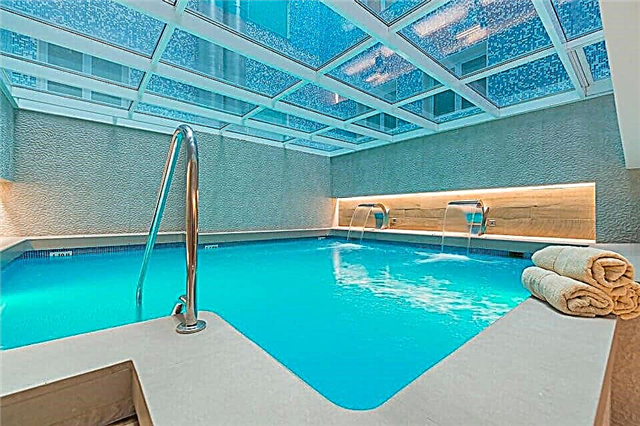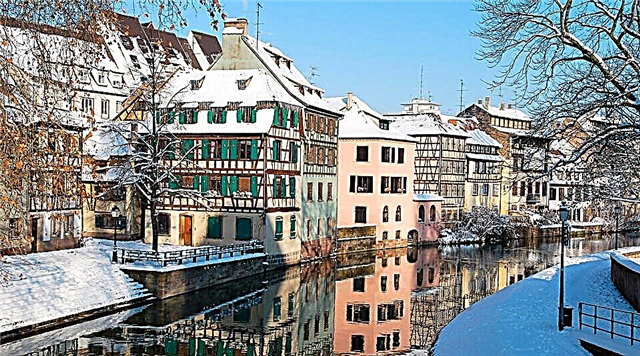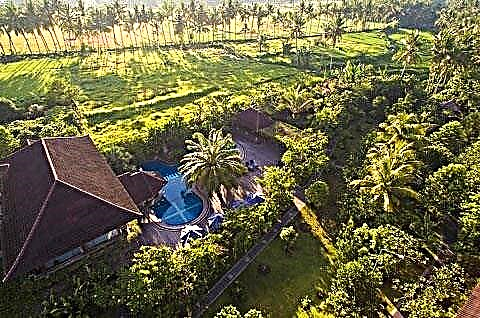St. Petersburg looks like a carved box made of turquoise and gems. Its carved and painted walls are bas-reliefs with a hundred or two of old fairy tales and half-forgotten stories. The lid is the domes of churches and high spiers topped with weathercocks and crosses. The bottom is the foundations of old buildings that still remember the breath of their creators, high vaults and powerful beams that continue to solemnly support the weight for several centuries. And once you open the box, and inside there will be an eclecticism of styles and amazing combinations - grace, strength and power, which bloom with new colors with the onset of each century.
The Summer Palace of Peter the Great can hardly be called the most beautiful palace complex of the Northern capital - this building looks somewhat modest or even pale against the background of other giants - real poetry in stone, however, it is this palace that is part of the Russian Museum, representing a residence where most of its time, not busy with traveling or military campaigns, the great monarch spent. This means that it is worth looking here if there is a desire to understand what exactly and how this person lived.
History of creation

The Summer Palace was originally erected exactly as an imperial residence, appearing on the map of St. Petersburg with almost the very foundation of the city. The main concerns for its appearance and design fell on the shoulders of the eminent master of his craft - Domenico Trezzini, according to whose project a small two-story mansion was subsequently erected in the rhythm of the Baroque. It is worth noting that, despite the fact that Trezzini is still formally the architect, the first plan of the future mansion was developed personally by the monarch, and only then these drawings were corrected and somewhat reworked in a creative manner. The location of the residence was also chosen personally by Peter the Great - between the Fontanka and the Neva.
Some find the decoration somewhat meager - its walls are decorated with only twenty-eight bas-reliefs, which, as one would expect, turned out to be another variation on the theme of perpetuating the victory over the Swedes in the brilliant Northern War for Russia, and the layout of the rooms is the same for both floors, but this simplicity of the building with more than pays off by the complexity of the laconic arrangement of the Summer Garden, which was conceived as an imitation of Versailles. It is noteworthy that the imitation turned out to be more than complete - and today the Summer Garden continues to be considered one of the most sophisticated examples of landscape art.
Exposition

The summer residence is a rather interesting place to visit, not only from the standpoint of deepening into the life of the emperor himself, but also from the point of view of observing the innovations that this energetic man decided to adopt from his neighbors who are more confident in technical issues. So, an unusual weather vane in its shape, which represents the figure of St. George the Victorious, with the usual gesture of striking a serpent, is the work of one mechanic with whom Peter the Great met in Dresden.
The originality of this mechanism was that its main component is located just under the roof of the mansion and represents a panel that was complex for that time, by which it was possible to track not only the direction, but also the strength of the wind. Another peculiar detail of the Summer Palace is the presence of a sewage system, which was the first example of this kind of structures in the entire city.
Today's visit includes not only the opportunity to take a personal look at the monarch's office, his dressing room, private rooms and workshops, but also visit another rather remarkable building, which is called the Human Chambers. What is the value of these premises?
It was here that the barbarously stolen Amber Room was once located, as well as a number of collections that were replenished on the personal initiatives of Peter the Great. So, it was here that the very collection of Ruysch, the Dutch anatomist, who aroused genuine interest and admiration for the results of his work, was kept here. Today, this collection can be viewed during a visit to Kuntskamera, as it became one of the first components of the future Museum of Oddities.
Opening hours and ticket prices

A visit to the palace complex usually starts at ten o'clock in the morning and ends at 18:00. Ticket offices close an hour earlier. The choice of a weekend is rather atypical - it's Tuesday. Please note that the Palace is closed in winter.
- Monday - 10:00 - 20:00
- Tuesday - day off
- Wednesday 10:00 - 20:00
- Thursday 13:00 - 21:00
- Friday 10:00 - 20:00
- Saturday 10:00 - 20:00
- Sunday 10:00 - 20:00
There are differences in ticket prices. Full cost - 500 rubles. 50% discount for students and seniors. Children under 16 can view the exhibition free of charge.
How to get there
The attraction is located at the address: St. Petersburg, Summer Garden, letter A. The nearest metro stations are "Nevsky Prospekt", "Gostiny Dvor", "Chernyshevskaya".











